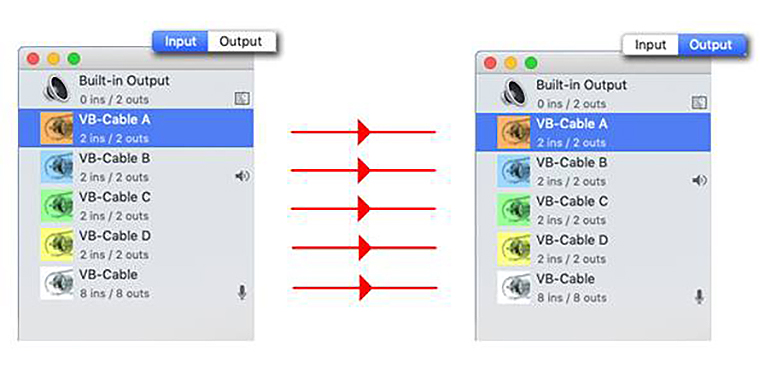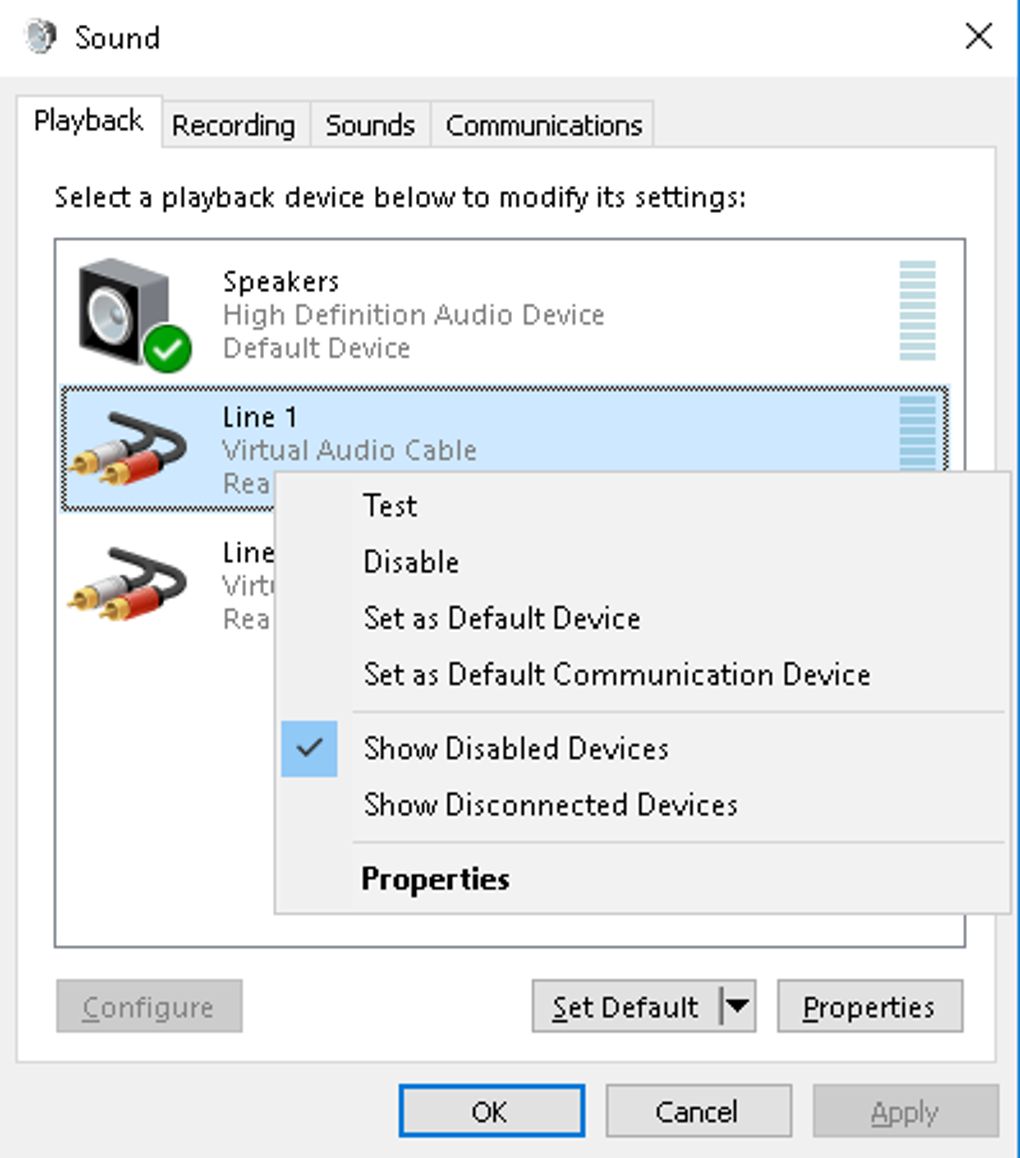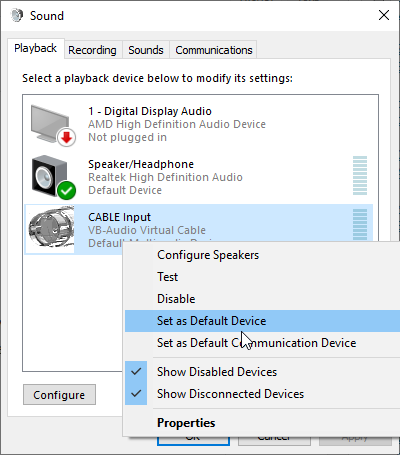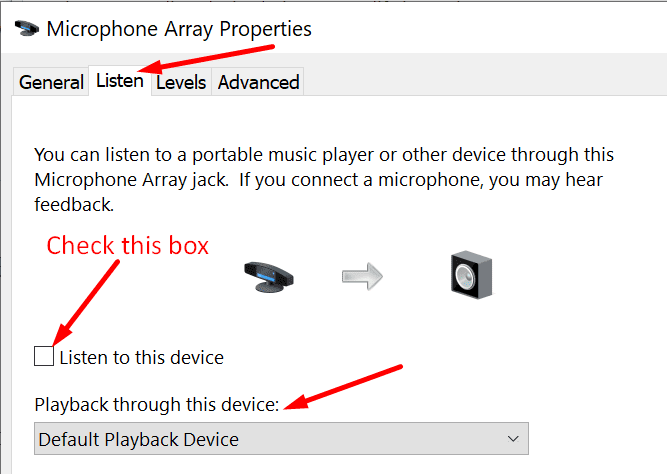


When you play music from iTunes or Spotify it gets sent to the Multi-Output device and you can hear it on your speaker or headphones, the Built-In Output. Ctrl-click the Multi-Output Device and select the option to play sounds through this device.Sound directed into this device will go into the virtual cable and will also come out of your speakers or headphones. Select both the VB-Cable and the Built-in Output.

Press the + icon in the lower left corner and create a Multi-Output device.Press Cmd-Space on your Mac and type “audio” to find the Audio MIDI Setup application. Now you are ready to redirect your sound output to Clubdeck and thus into Clubhouse. The software runs on macOS 10.10 through 10.15 in 64 bit.It’s quite easy to play any sound from your Mac into Clubhouse.

If you’d like to upgrade to more channels, make one or two donations between 5 and 25 Euros, and you’ll receive personal download links for VB-Cable A+B and / or C+D. You can download the simple VB-Cable with one stereo channel for free, although the developer would certainly appreciate a donation. The developer says that the app works right out of the box, without the need for any additional configuration. It can handle sample rates from 44.1 to 192 kHz. Like the PC version, VB-Cable for Mac supports up to four stereo channels, labeled VB-Cable A+B and C+D. This functions like a virtual cable that lets you send audio from one app to another. Whatever you send into the input, comes out of the output at the other end. On Windows, VB-Cable became a popular solution, which has now been ported to the Mac.Įach VB-Cable is a virtual audio device with one stereo input and output. Newer alternatives are Blackhole by Existential Audio and Rogue Amoeba’s Loopback, for example. Soundflower, which was initially developed by Cycling ’74, was the de-facto standard for this sort of thing on the Mac for a long time, but fell into disrepair. VB-Cable certainly isn’t the first application to let you do this. Or recording audio from your DAW or another source in a screen video. Recording audio from your browser or a VOIP app in your DAW, for example. There are many cases in which you’d need to connect the audio output of one application to the input of another.


 0 kommentar(er)
0 kommentar(er)
